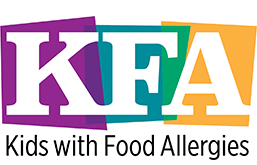What's the Difference Between FPIES and a Food Allergy?
There are several ways to tell the difference between a food allergy and food protein-induced enterocolitis syndrome (FPIES). The main differences relate to their:
- Underlying immune mechanisms (how your immune system responds)
- When you have reactions
- Specific symptoms
Common food allergies are usually IgE-mediated. With this type of food allergy, the body’s immune system makes antibodies called immunoglobulin E (IgE). IgE antibodies react with a certain food and causes symptoms.
These reactions involve the production of IgE antibodies. They react to a certain food allergen. This leads to allergic reactions. Symptoms can range from mild (itching, hives, vomiting) to severe (anaphylaxis). They happen within minutes to 2 hours after eating the food allergen. Some of the most common food allergies include:
- Peanuts
- Tree nuts
- Cow milk
- Egg
- Shellfish
FPIES is a non-IgE-mediated food allergy. This means that it does not involve IgE antibodies. Instead, it involves a different immune response. It typically affects the gastrointestinal tract (gut). FPIES is a delayed food reaction. It presents with repetitive vomiting, pallor (very pale skin color), and lethargy (lack of energy). This is seen within 1 to 4 hours after eating the trigger food. In severe cases, this leads to dehydration, decreased blood pressure, and even shock. Some of the most common FPIES triggers include:
- Cow's milk
- Soy
- Rice
- Oats
John M. James, MD, is a board-certified allergist. He is also President of Food Allergy Consulting and Education Services, LLC. He has worked as a medical specialist in the field of allergy, asthma, and immunology for over 30 years. Dr. James received his bachelor’s degree from the University of Arkansas and his Doctor of Medicine degree from the University of Tennessee. He is board certified by the American Board of Allergy and Immunology.

Comments (0)